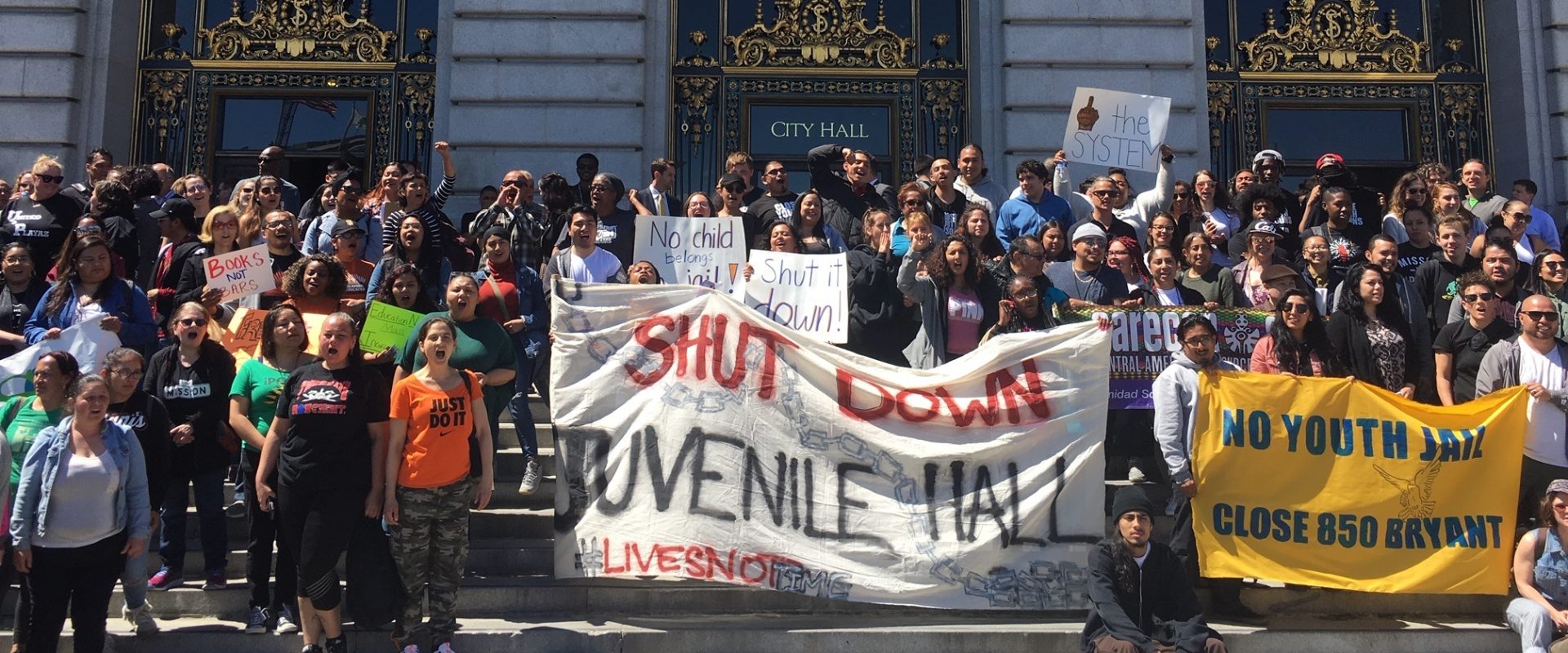Blog Aug 2, 2011
Conditions in California’s SHU
On July 1, 2011, eleven inmates in the Pelican Bay State Prison Security Housing Unit (SHU) began a hunger strike to protest the egregious conditions of their confinement. In particular, they objected to the lack of adequate food or programming and the lack of justification for indefinite SHU confinement. They demanded that CDCR comply with the US Commission on Safety and Abuse in America’s Prisons 2006 recommendations, and provide conditions comparable to that of solitary confinement units…
Blog Jul 29, 2011
Myths vs. Facts — Clearing up the realignment debate
As counties start preparing for the impact of criminal justice realignment (AB 109), it is important to clarify some common misconceptions about what will actually happen on October 1, 2011. Governor Brown’s realignment plan is directly tied to the May 23, 2011 Supreme Court decision to reduce prison-overcrowding, as it focuses on the same population of non-violent, non-serious, non-sexual offenders. Initial reactions to the decision were based in fear and uncertainty. For example, Justice…
The Second Chance Reauthorization Act of 2011 (S. 1231) was introduced in June by Senator Patrick Leahy (D- VT), Chairman of the Senate Judiciary Committee, and Senator Robert Portman (R‑OH), and is now on its way to the U.S. Senate for a vote. The Second Chance Act originally passed unanimously in 2008 and funded re-entry programs nation-wide in the areas of substance abuse treatment, employment and mentoring services, and family reunification programs. It has since improved ex-offender…
The Center for Media and Democracy’s ( http://www.prwatch.org/ ) “ALEC Exposed” page contains an eye-opening roster of how bad prison and juvenile justice legislation took off like wildfire around the country beginning in the 1980s. The Center obtained more than 800 pieces of “model legislation” circulated to lawmakers by the secretive, corporate/lobby-funded American Legislative Exchange Council (ALEC), including many concerning prison and juvenile justice policy. Those interested in laws…
San Francisco’s Executive Committee of the Community Corrections Partnership has been devising a plan for realignment and presented their model for implementation to the Board of Supervisors’ Public Safety Committee at a public hearing yesterday at City Hall. California’s Criminal Justice Realignment Bill (A.B. 109) was approved on April 4, 2011 and is set to take effect October 1, 2011. Their plan focuses on collaboration between agencies in order to best serve the new population of inmates…
